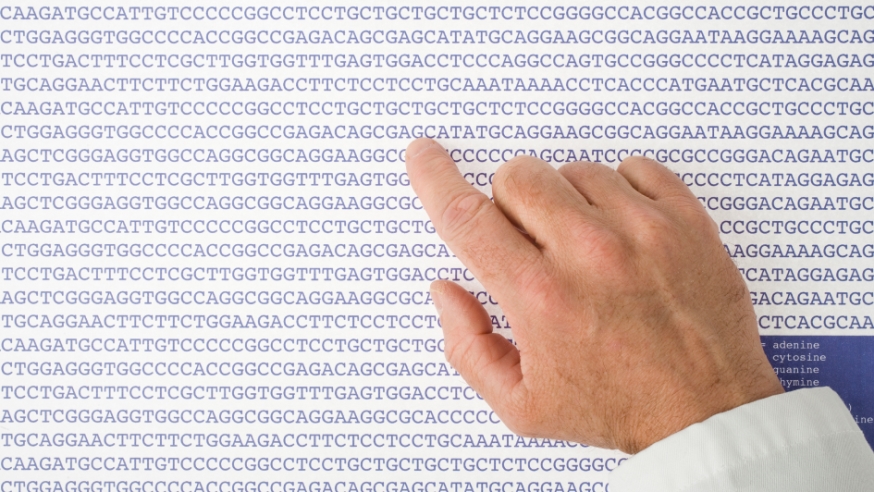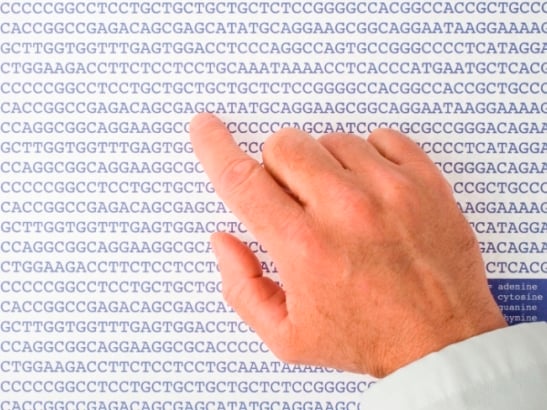
Photo: iStock.com/Claude Dagenais
A single letter change to DNA is linked to an increased risk of one of the most common forms of childhood leukaemia, a new study has revealed.
The research, led by scientists at The Institute of Cancer Research, London, and published in the journal Nature Communications, also points to a likely biological mechanism behind the development of the disease.
The team zoomed in on a region of DNA previously implicated in previous studies of a form of leukaemia called high-hyperdiploid acute lymphoblastic leukaemia.
Using a mix of around a dozen different experiments and analyses, in the laboratory and by computing large genetic datasets, they confirmed a single genetic variant – a switch of one letter of DNA – as a risk factor for the disease.
This variant reduces the level of expression of a gene called ARID5B, which is involved in the healthy growth of white blood cells.
White blood cells are overproduced in leukaemias, leaving the bone marrow before they are ready.
Copied chromosomes
Up to a quarter of children diagnosed with acute lymphoblastic leukaemia, the most common childhood cancer, have the form known as high-hyperdiploid acute lymphoblastic leukaemia.
In the study, the research team found that a large proportion of high-hyperdiploid cases had at least one extra copy of the variant that hinders the expression of ARID5B.
They suggest it could act to promote cancer by interfering with the way DNA is unpacked in white blood cells, leading to immature cancerous cells, called blasts, being sent out into the blood stream.
New insights
The research was funded by the blood cancer charity Bloodwise, with additional support from Cancer Research UK and the Swedish Childhood Cancer Foundation. It was carried out in collaboration with researchers from Lund University in Sweden.
Study leader Professor Richard Houlston, Professor of Molecular and Population Genetics at the ICR, said: “This study expands our understanding of how genetic risk factors can influence the development of acute lymphoblastic leukaemia, which is the most common form of childhood leukaemia.
“We implicate reduced expression of a gene called ARID5B in the production and release of the immature ‘blast’ cells that characterise the disease, and in particular in the development of a form called high-hyperdiploid leukaemia.
“Our study gives a new insight into the causes of the disease, and may open up new strategies for prevention.”
